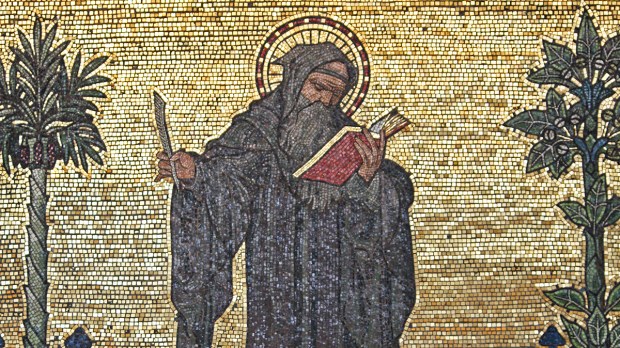Often saints will acquire various titles or nicknames after their death, and St. Bede was one of them. He was quickly labeled “venerable,” a title that can be confusing, as the modern canonization process recognizes men and women who lived a heroic life as “venerable.”
St. Bede was called “venerable” rather quickly after his death, and a legend was formed that helped explain the title.
The Catholic Encyclopedia explains this legend and why St. Bede was called “venerable.”
The title Venerabilis [Venerable] seems to have been associated with the name of Bede within two generations after his death. There is of course no early authority for the legend repeated by Fuller of the “dunce-monk” who in composing an epitaph on Bede was at a loss to complete the line: Hac sunt in fossa Bedae . . . . ossa and who next morning found that the angels had filled the gap with the word venerabilis[venerable]. The title is used by Alcuin, Amalarius and seemingly Paul the Deacon, and the important Council of Aachen in 835 describes him as venerabilis [venerable] et modernis temporibus doctor admirabilis Beda.
In St. Bede’s case, “venerable” simply refers to his holiness and character, rather than a part of an official cause of canonization.


